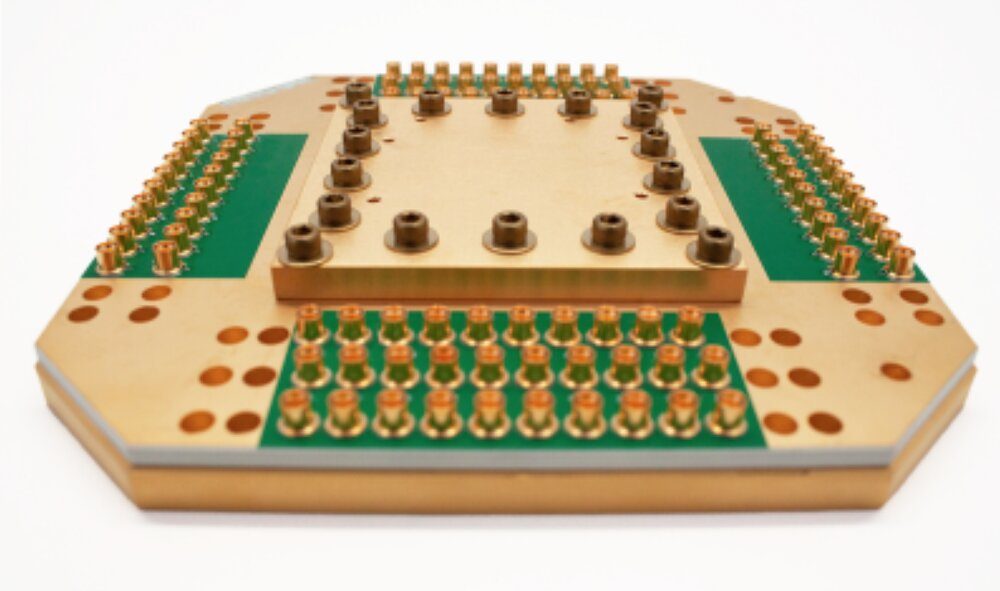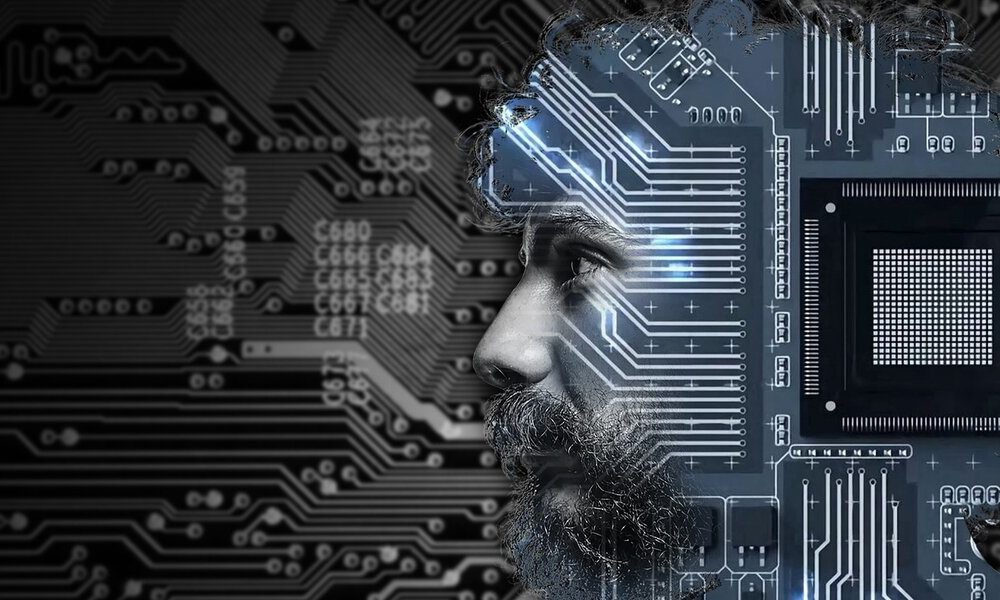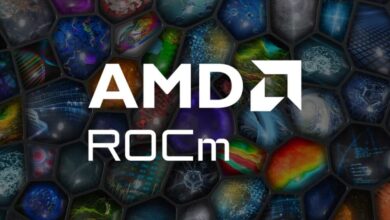
From Softtek, a digital transformation services and solutions company, they analyze the keys to understanding the new process of creating a digital product: three cycles and 12 steps that are explained in detail in the Digital Product Lifecycle report.
The need to redefine business models and the appearance of new ones that are changing the way in which value is delivered to users is already a reality. These new frames of reference require offering a omnichannel and hybrid experience, bridging the physical and digital world. The key to conquering increasingly demanding users is to generate amazing experiences that increase the “engagement” with companies, this is the reason for the growing relevance of digital products.
These are born with the aim of responding to the problems and needs of users. Therefore, in order to generate a successful digital product we have to be in constant search and understanding of the real problems and needs of users. We must go beyond the traditional segmentation of users or the behavior of their purchase or use; we have to understand their motivation and what they really want to solve.
At Softtek, they divide the generation flow of digital products into three cycles that occur continuously and simultaneously:
1.Continuous Product Design
It is focused on understanding the real problems and exploring possible solutions that help us solve them.
- The first step of this cycle is hypothesize. It is an activity that is generally used when we have notions of great problems and we want to refine them in order to better narrow down the problems and possible solutions.
- In the next step, research and understand We delve into understanding the problem, conducting market research, archetypes and generating as a result the real motivations of users expressed in Jobs.
- Next, we work on the exploration of solutions in a divergent way to later converge in one of them, expressed by means of wireframe navigable to facilitate conceptualization. In this step it is also necessary to check the technical feasibility. These activities are key in the design of our product and therefore will entail a large part of the necessary effort.
- From here we will go on to graphically design the solution and generate a navigable prototype that allows us to validate with end users if the solution sought is the right one. If the solution appears to be correct and resolves the issue, we will proceed to the next product build cycle. Otherwise, we would keep iterating until we find the correct solution.
2.Continuous Product Development
It is focused on the implementation of the solution and the integrated work of all the necessary teams to make it a reality. It is based on the use of development best practiceswith lightweight architectures and ensuring quality at all levels.
This cycle helps us improve quality, reduce risk and establish a fast, reliable and sustainable development pace, generating potentially deployable software at any time.
3.Continuous Product Delivery
It is focused on delivering solutions and learning through usage behavior. It is important to differentiate the deployment in production, which must be carried out continuously, to the opening of the solutions to end users. This opening will take place when the business team considers that it is the best time to do so.
The solution must be deliverable for all or just a group of users. Also, it should allow us to have several solutions at the same time that can be used by different groups of users. The main objective is to learn from the solution and the behavioral data about it. This last cycle is one of the inputs of “insights” for the first product creation cycle.



